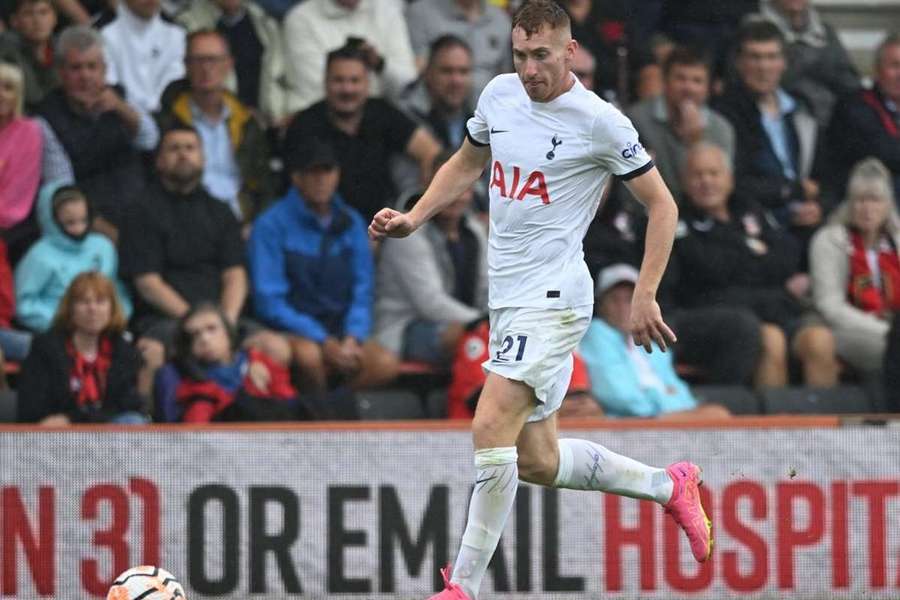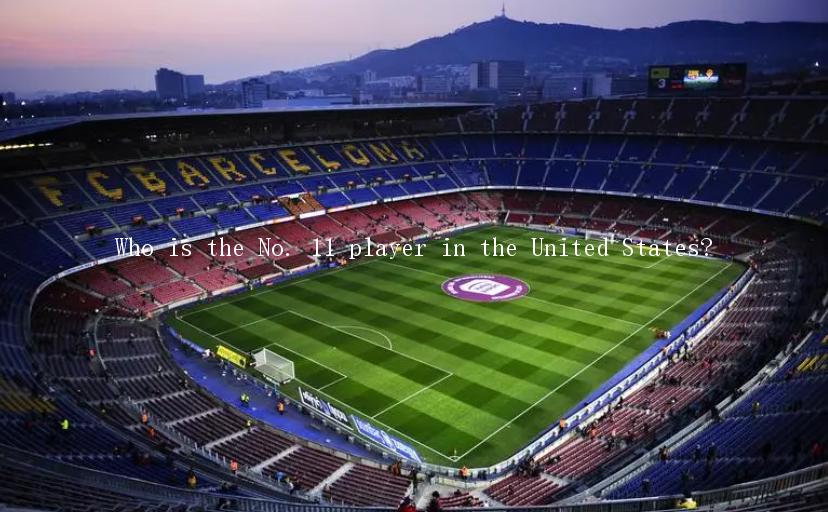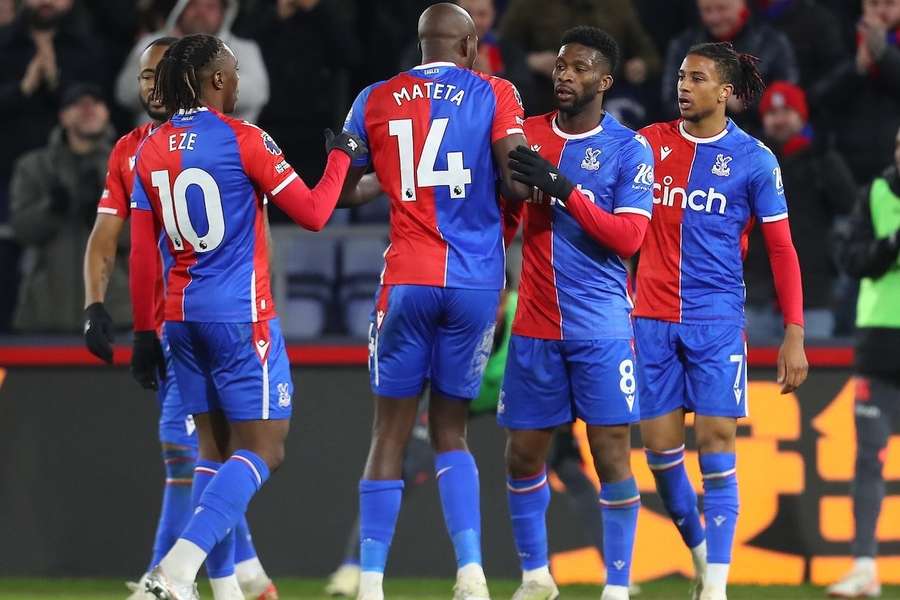Is There Subconscious Bias Among Premier League Officials? Gary O'Neil Raises Concerns Following Jones Stones Winner

O'Neil raised concerns about potential bias from the officials during their review of John Stones' late-game winning goal in the team's 2-1 loss to Manchester City on Sunday.
His frustration may stem from the disproportionate effect VAR has had on Wolves.
According to VAR expert Dale Johnson, Wolves would have a 13-goal positive swing in goal difference without VAR interventions since its introduction in 2019/20 - the largest negative impact on any Premier League team.
However, there's no clear evidence that VAR consistently favours bigger teams. Fulham, who finished just one point ahead of Wolves last season, have benefited the most from VAR, with a net gain of 11 goals thanks to decisions from Stockley Park.
TrendingDo referees penalise smaller clubs more?
While it has been a thorn for winless Wolves, VAR ultimately gets most decisions right, and a club's individual experience with it doesn't necessarily indicate biased officiating.
To explore whether big clubs receive preferential treatment, we analysed the average number of fouls they commit per card received.
At first glance, the difference appears minimal. The graph below illustrates the gap in fouls per card between the traditional 'Big Six' clubs and the rest of the league.
Last season, 'Big Six' teams were allowed to commit just 0.16 more fouls before receiving a yellow or red card - hardly enough to suggest widespread favouritism.
However, a different picture emerges when we focus on clashes between 'Big Six' teams and so-called 'smaller' clubs.
In every season since 2010/11, referees have shown more leniency toward the 'Big Six' in these match-ups. The starkest example came in 2020/21, when 'Big Six' teams were allowed, on average, 2.29 extra fouls before seeing a card against 'non-Big Six' opponents.
Monterosa
This content is provided byMonterosa
, which may be using cookies and other technologies. To show you this content, we need your permission to use cookies. You can use the buttons below to amend your preferences to enableMonterosa
cookies or to allow those cookies just once. You can change your settings at any time via the Privacy Options. Unfortunately we have been unable to verify if you have consented toMonterosa
cookies. To view this content you can use the button below to allowMonterosa
cookies for this session only. Enable CookiesAllow Cookies OnceHow do teams manage after seeing red?
William Saliba's red card was another major refereeing decision from last weekend. Arteta's side will sorely miss his defensive prowess ahead of Sunday's early-season title clash against Liverpool.
Hauling down Evanilson almost certainly prevented a clear goal-scoring opportunity. Still, the data suggests that, considering the early stage of the match, Arsenal might have been better off letting him run through on goal unchallenged.
We analysed every Premier League red card given when teams were level, and how the red-carded team fared in the rest of the match. As one might expect, the earlier a player is sent off the less likely it is their team will avoid defeat.
Saliba received his marching orders at the 30-minute mark, leaving his team at a significant disadvantage. Historically, teams reduced to 10 men at this stage lose 52 per cent of the time, and win in just 13 per cent of matches.
If Arsenal had been ahead, Saliba's decision to stop the goal-scoring opportunity might have been more justified from a risk-reward perspective. In most instances, Premier League teams leading when reduced to 10 men, manage to avoid defeat.
Teams that receive a red card after half-time while leading often manage to hold on for all three points, making the gamble more worthwhile.
RELATED STORIES






LATEST NEWS







